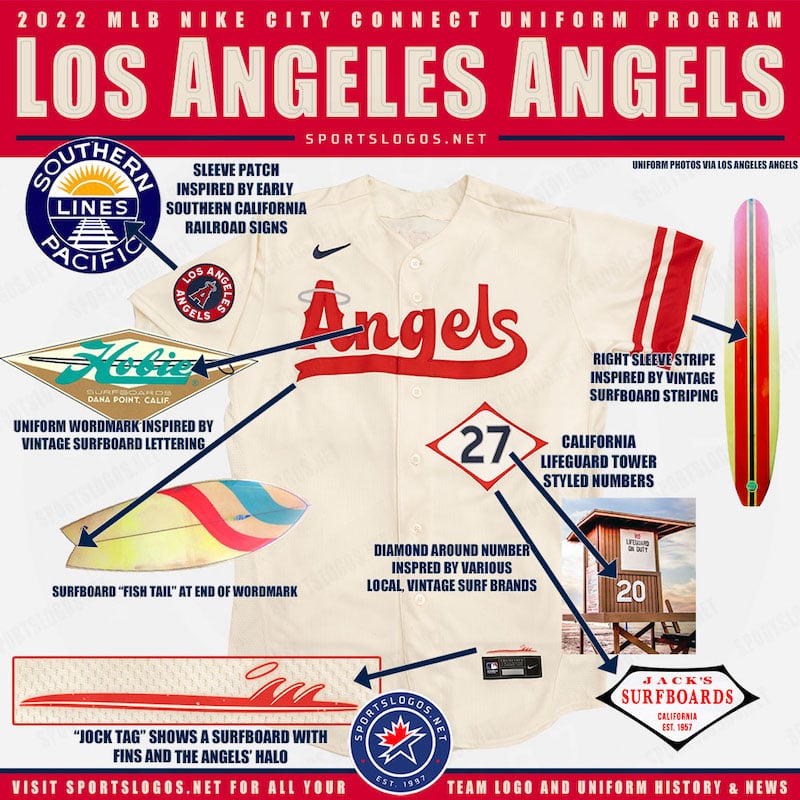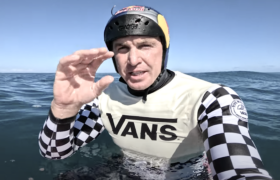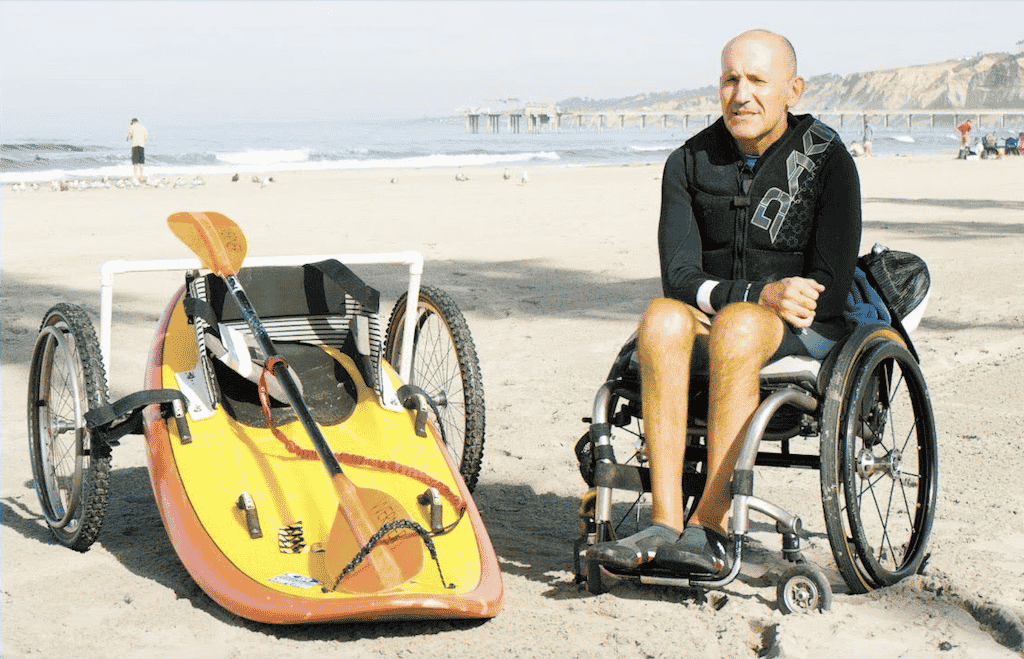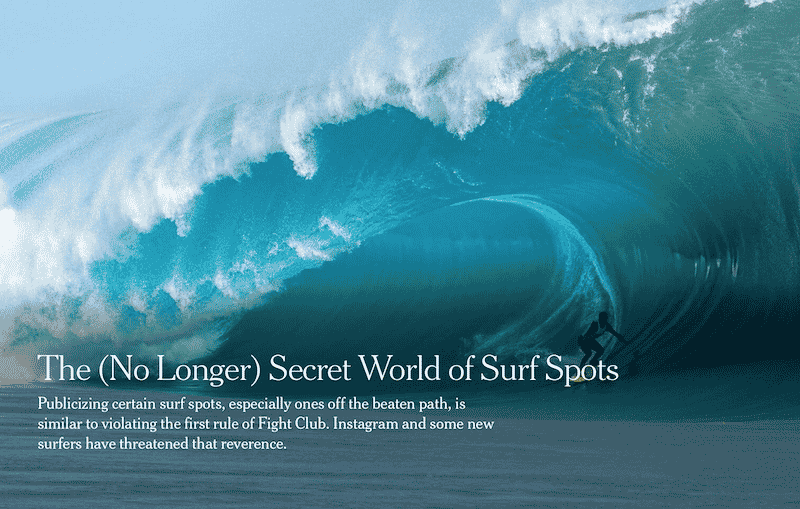Major World Surf League Baseball.
Oh I will not be shy about my love of baseball, no for not one second. It may not be the “sport of kings” but baseball makes much sense as there are no heats, judges in towers, excellent ranges, Joe Turpels. No, no, no and no. There are, on the other hand, time-less innings, hearty men swinging lumber and throwing cheese, dingers and Vin Scully.
Baseball is a fantastic game and even though I am on European soil, I check in daily with my San Diego Padres to see how they are faring. Greater Southern California has two other teams, the Los Angeles Dodgers and the Los Angeles Angels of Anaheim. Neither are as good as the Pads but the LAAofA drew slightly closer with the unveiling of a new surf-inspired uniform.
The Angels new City Connect uniform focuses on the region’s heavy surfing-inspired history, dating back to the 1950s and 1960s with vintage surf style lettering, striping, and number decoration in red on a cream-coloured uniform.
“In Southern California, there are few things more synonymous with summer than days at the beach and nights at the ballpark,” said Los Angeles Angels President, John Carpino in the press release. “Our City Connect uniforms look to celebrate those traditions by bringing the local beach culture to the Big A.”

Across the front of the jersey is “Angels” scripted out in red with a large silver halo around the top of the “A” and a red tail. The scripted “Angels” is done so in a lettering “inspired by vintage surf brands”, the end of the tail reflects the end of a “fish tail” surfboard (appropriate as the club of Mike Trout and Tim Salmon, the Angels proudly note).
Below the scripted lettering is the player number in a Pacific Ocean-inspired navy blue and trimmed in silver. This number is designed to resemble the font used on the sides of local lifeguard towers. A red diamond houses the number, another nod to vintage surfing brands.
Don’t even get me started on how much I enjoy fish tails.
Shakas all around.






